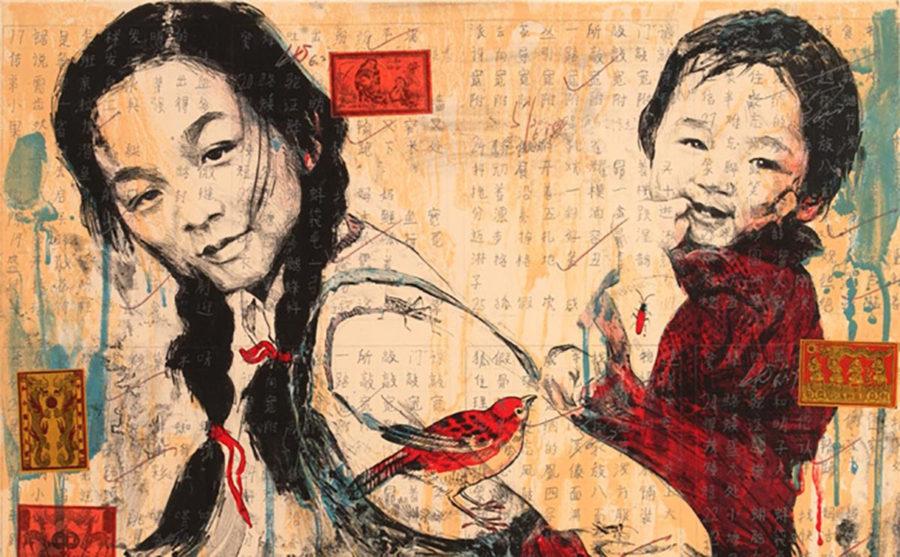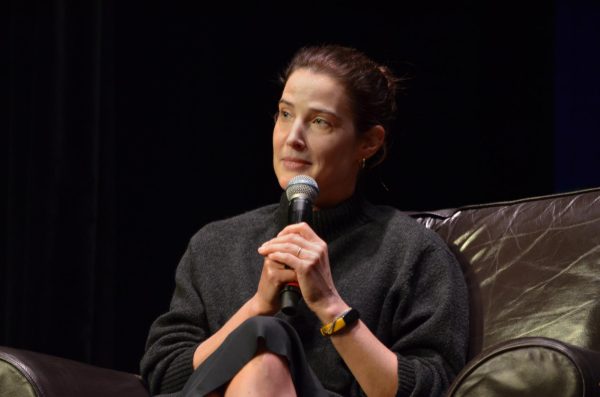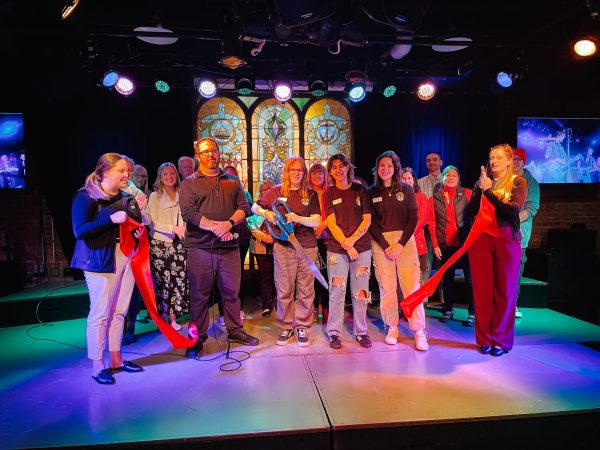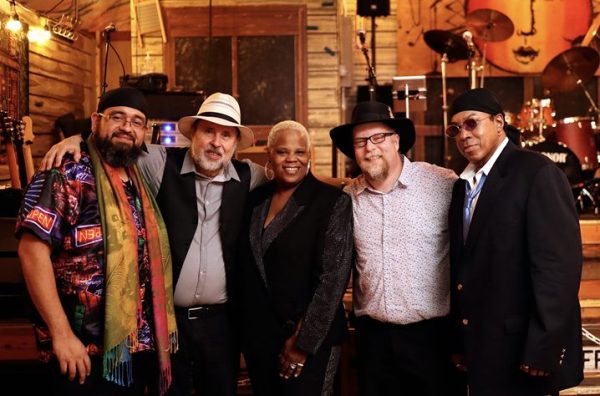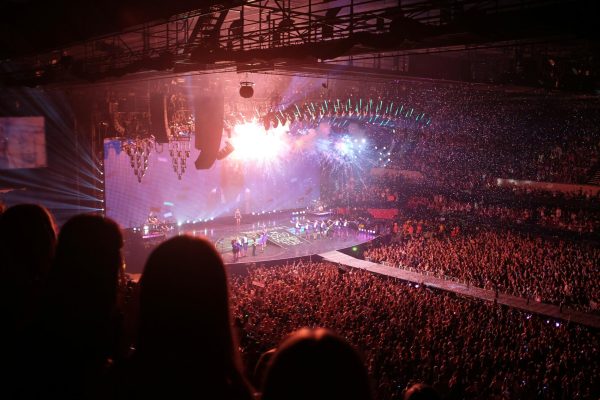ReACT art exhibition creates a creative space to discuss generational interaction
Courtesy of University Museums
“Sisters” by Hung Liu, c. 2000. In the Art on Campus Collection, University Museums, Iowa State University, Ames, Iowa.
October 29, 2019
The “Connections and Intersections – People, Place and Time” ReACT Exhibition opened this Monday inside the Christian Petersen Museum in Morrill Hall and received a thoughtful and welcome audience Tuesday evening for the exhibit’s opening reception.
Curating this selection of work was a collaborative effort. With over 30,000 works of art in Iowa State’s collection, the process of selecting work that highlighted intergenerational relationships, familial relationships, aging and stages of life was done by a group of individuals within a wide age range, from four to 75 years of age. This way, the intergenerational theme even translates to the stage in the exhibitions development, not just the final product.
“We really worked together to choose art to think about development, to think about families, to think about communities,” said Iowa State professor of gerontology, Dr. Jennifer Margrett – who proposed the concept for the exhibition last year.
These concepts are echoed throughout what is a stylistic, cultural and intergenerational spectrum of artwork. “Connections and Intersections” has something for everyone, because the collection is as diverse as the range of people who chose the pieces for it. A realistic oil painting on a wood canvas, an antique upholstered chair and an antique doll are just a few unique examples.
“There are a lot of opportunities when we think about optimizing development and when we think about aging, so what are new careers and what are the opportunities and challenges for families?,” Margrett said. “How do we think about the workforce? These are really issues that, again, touches us as individuals, as family members, as a university and as a community.”
At first glance, the viewer might see the different mediums and stylistic approaches and be able to recognize the different subjects of each work and ponder how they’re all connected. One painting depicts a room with a bed and a chair, these two are intricate portraits of Chinese ancestors, another is of a body of water – how are they all connected?
That is why this exhibition is a true fit for the ReACT Series. The purpose of the ReACT Series is to invite people into a safe, creative space for creating discussion, making both connections and inquiries and, more importantly, sharing those ideas with one another. Every piece of art can be perceived in many different ways by one person, and even more in a room full of people.
As those people begin to open up and share their own interpretations, doors are opened into new ways of thinking, understanding can be fostered and broadened and suddenly the number of perspectives in the room multiplies automatically. In a society where people can be very defensive about personal opinions or self-conscious about receiving criticism, sometimes important conversations are missed out on because they are consciously or unconsciously avoided or deflected.
There is a whiteboard and sticky notes on one wall of the ReACT exhibit. All guests are invited to participate in the conversation prompted by “Intersections and Connections” about the significance of intergenerational relationships, family, self and how people respond to time passing. It seems so simple, but in this way, everyone can feel comfortable sharing their thoughts, connectionism and reactions invoked by art.

